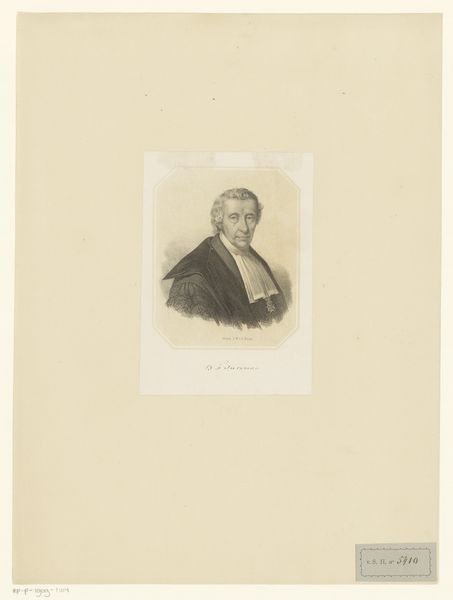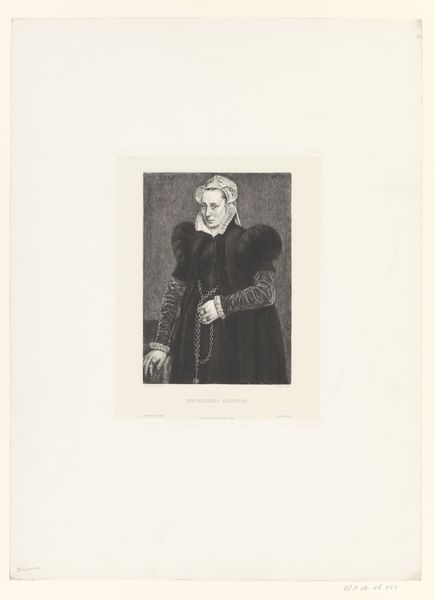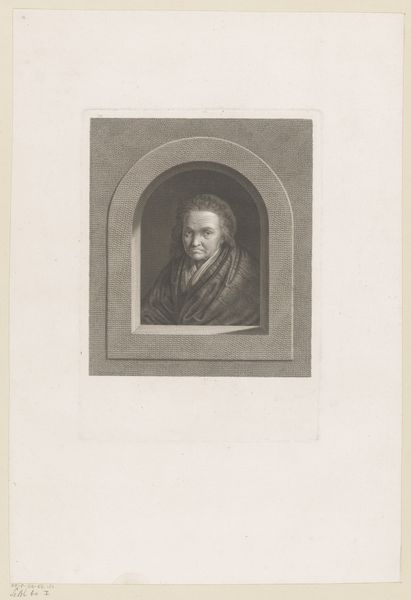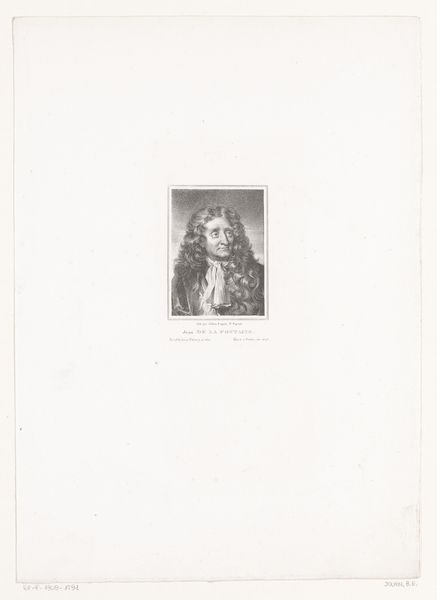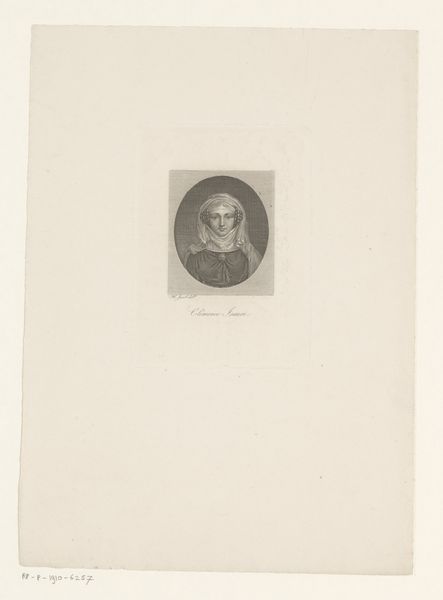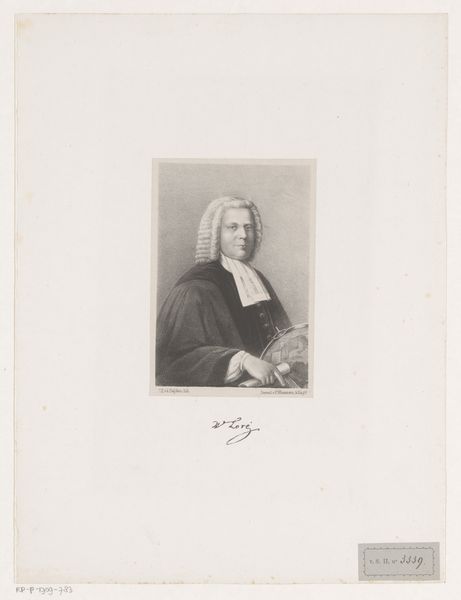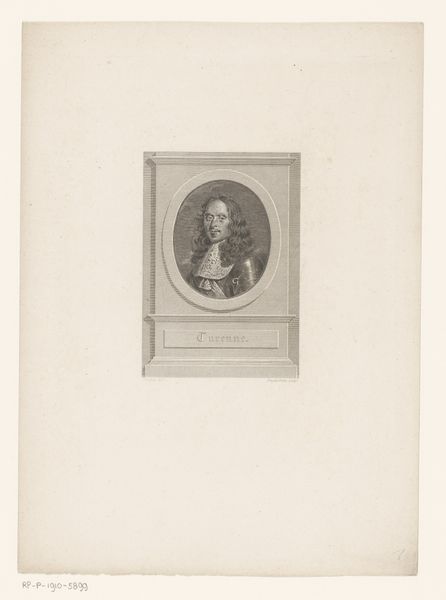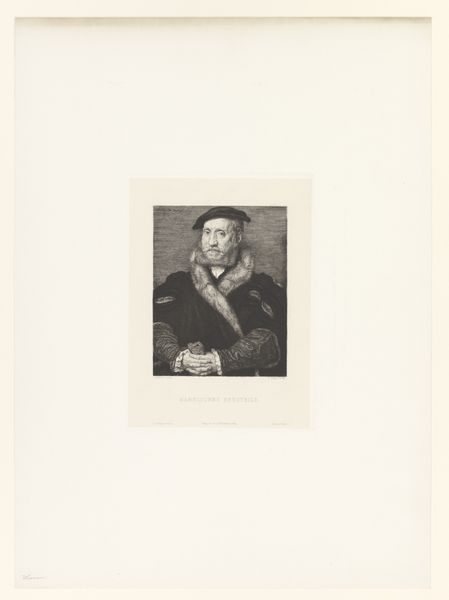
print, graphite, engraving
#
portrait
#
pencil drawn
# print
#
pencil sketch
#
old engraving style
#
limited contrast and shading
#
graphite
#
history-painting
#
engraving
Dimensions: height 297 mm, width 205 mm
Copyright: Rijks Museum: Open Domain
This is William Unger’s portrait of an unknown man with two rings, an etching. Let’s consider the intaglio printmaking process used to create it. Unger painstakingly incised lines into a metal plate. The plate was then inked, and the surface wiped clean, leaving ink only in the grooves. Finally, paper was pressed against the plate with great force, transferring the image. The material process deeply influences the image itself. The intricate network of lines create subtle tonal variations, building up the man's likeness from shadows and highlights. There is an inherent labor that went into this highly skilled tradition, demanding time and precision. Prints like these democratized image production, allowing for wider circulation and consumption. The reproductive process is, therefore, deeply tied to social issues of labor, politics, and economics. Unger’s artistic process challenges traditional distinctions between fine art and craft, emphasizing the value of both concept and skillful execution.
Comments
No comments
Be the first to comment and join the conversation on the ultimate creative platform.
